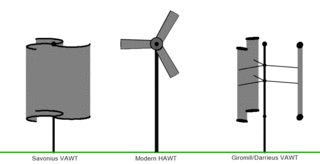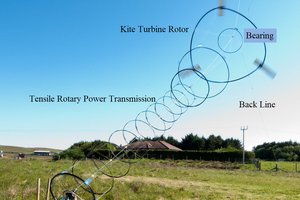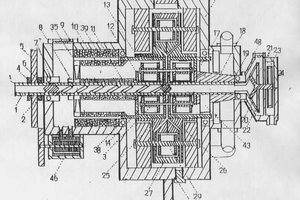VAWT Advantages:
VAWTs offer a number of advantages over traditional horizontal-axis wind turbines (HAWTs):
- Being omni-directional, some forms do not need to track the wind.
- VAWTs generally function better than HAWTs in turbulent and gusty winds. HAWTs cannot efficiently harvest such winds, which also cause accelerated fatigue.
- the gearbox of a VAWT takes much less fatigue than that of a HAWT.
- In VAWTs, gearbox replacement and maintenance are simpler and more efficient, as the gearbox is accessible at ground level, so that that no cranes or other large equipment are needed on-site. This reduces costs and impact on the environment. Motor and gearbox failures generally are significant considerations in the operation and maintenance of HAWTs both on and offshore.
Features:
- 9 coils 90 turns
- 24 Magnets 30x20x10mm
More about build you can see on video.
 BlueFlower
BlueFlower






 Roddy "Rags" Read
Roddy "Rags" Read
 Carlos Barrera
Carlos Barrera
 Anteneh Gashaw
Anteneh Gashaw
How can we eliminate or control the vibrations that is produced?